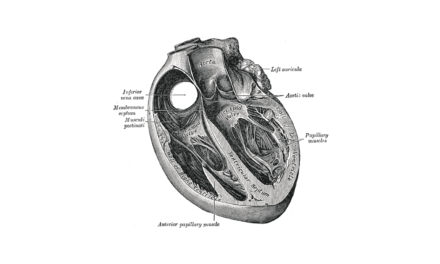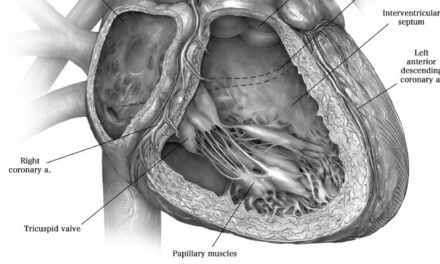Petronio et al. EuroIntervention 2015
Aims: Transcatheter aortic valve implantation (TAVI) represents a valid therapeutic alternative for patients with severe aortic stenosis at high surgical risk. However, there is no general consensus regarding the role of anaesthesia in TAVI management. The goal of this clinical project was to assess the safety and non-inferiority of local anaesthesia (LA) versus general anaesthesia (GA) in a large cohort of patients undergoing TAVI.
Methods and results: All 1,316 consecutive patients who underwent TAVI at seven high-volume Italian centres were enrolled. The anaesthetic regimen consisted of GA in 355 (26.9%) patients or LA in 961 (73.0%) patients. Baseline demographics were similar between the two groups except for a higher median logistic EuroSCORE (p=0.004) and peripheral artery disease (p<0.001) in the GA group. The two groups showed similar device success with no significant difference in terms of mortality, stroke and myocardial infarc- tion. The overall procedural time was longer with the use of GA (p<0.001). The LA group showed a lower incidence of major access-site complications (p=0.01) and major (p=0.03) and life-threatening bleedings (p<0.001) with a lower occurrence of acute kidney injury stage 3 (p=0.002). Consistently, we observed a sig- nificantly shorter length of hospital stay in LA patients (8 days [7-13] vs. 7 days [6-10], GA vs. LA; p<0.001). As the GA patients were found to be at higher risk due to a higher prevalence of peripheral artery disease we carried out a propensity matching to obtain two comparable groups. This sub-analysis confirmed the same results previously observed in the overall population. As expected, in the GA group we observed longer pro- cedural time, higher use of a surgical vascular access, higher incidence of acute kidney injury stage 3 and higher rate of bleeding and major vascular access-site complications.
Conclusions: Our study indicates that, in experienced centres which have gone beyond their initial learning curve with TAVI, the use of local anaesthesia in a selected patient population can be associated with good clinical outcomes. Nevertheless, as severe procedural complications are possible, an anaesthesiologist should always be present as part of the team.









